This article will teach you about the different types of electrician tools and their uses. How and when to use them? All are explained with pictures.
You can also download the PDF file of this article at the end of it.
Electrician Tools
As with any other repair or improvement project, you will need some necessary tools to perform electrical work in your home. A safe, comfortable, and accurate electrician’s work depends on the tools he uses.
It is essential for electricians to have a range of heavy-duty, insulated hand tools and high-tech tools in their toolbox to do their job effectively and safely. There are several essential hand tools that you’ll need for a residential electrical project, such as a hammer, tape measure, level, and screwdriver.
Additionally, there are many other tools that you may not have encountered before. Special electrical tools are readily available at most home centers, hardware stores, and electrical supply stores. So now we will discuss the most basic and essential tools every electrician needs. Let’s start.
Read Also: 16 Different Types of Measuring Tools and Their Uses [PDF]
Types of Electrician Tools
Following are the main types of electrician tools:
- Pliers
- Screwdrivers
- Hammer
- Tape measure
- Electrical tape
- Fish tape
- Cable ties
- Lever
- Wire and cable lugs
- Flashlight
- Utility knife
- Allen wrench set
- Coax connector
- Wire stripper
- Voltmeter or Multimeter
- Wire crimper
- Non-contact voltage tester
- Reaming bit
- Conduit bender
- Splicing connector
- Circuit analyzers
- Circuit finders
Read Also: Types of Wrenches: How To Use? With [Pictures & PDF]
#1 Pliers
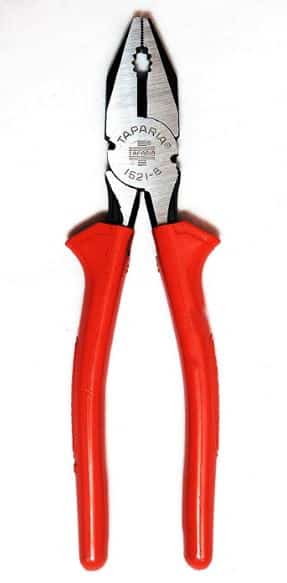
Also known as cutting pliers or lineman’s pliers, it is used to bend and twist wires whenever you make a screw-terminal connection. The long and narrow tip of the plier makes it an excellent tool for the detailed work of electricians.
Any willing electrician keeps an array of pliers in their toolbox, including needle nose pliers/long nose pliers, side-cutting pliers, and reaming pliers for tightening locknuts, fittings, and caps. Most needle-nose pliers also include cutting jaws to trim wires effectively.
#2 Screwdrivers
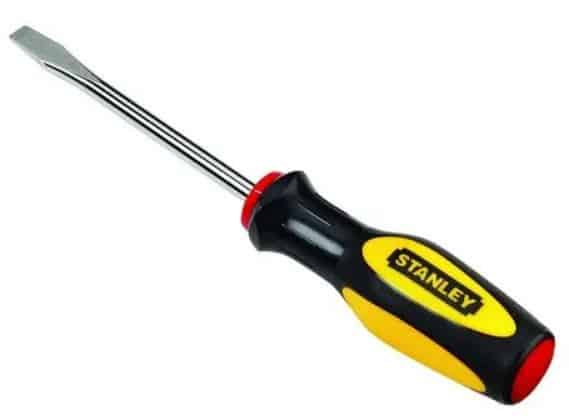
A screwdriver is a portable device that allows you to screw and unscrew easily. It usually consists of a metal rod with a flat end that fits into the top of the screw. Electricians use various high-quality insulated screwdrivers to loosen and fasten multiple pieces of hardware.
The electric screwdriver head is fitted with a bit holder, which may be magnetic or have a quick-release system. This bit holder allows you to insert the bit that matches the screw head. Many experts use ergonomic ratchet screwdrivers with interchangeable bits so they never get stuck without the proper electrical maintenance tools.
#3 Hammer

Electrician hammers look almost identical to claw hammers. It has an insulated fiberglass handle with a rubber-coated grip, making it safe for electrical work. Its long, striking face allows contractors to work in tight areas.
A hammer is used to secure electrical boxes with nail-on brackets for wall studs and other framing members. A hammer is essential for driving wire staples when anchoring new electrical cables to framing members.
#4 Tape Measure
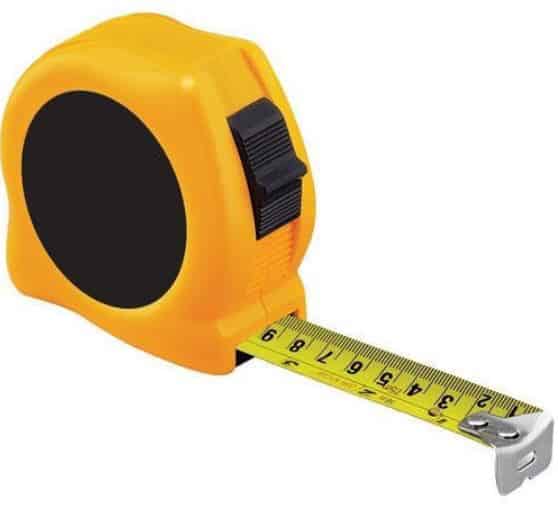
A tape measure is a hand tool commonly used to measure distance or size. It is like a long flexible ruler with a case, thumb lock, tape, hook, and sometimes a belt clip. A tape measure can have an Imperial reading, a metric reading, or both.
A standard tape measure is used for all area measurements, such as setting heights for switches and marking surfaces for cutouts. A tape measure does the same work, but models available with magnetic tips, multi-step locks, and other features make the process easier.
#5 Electrical Tape
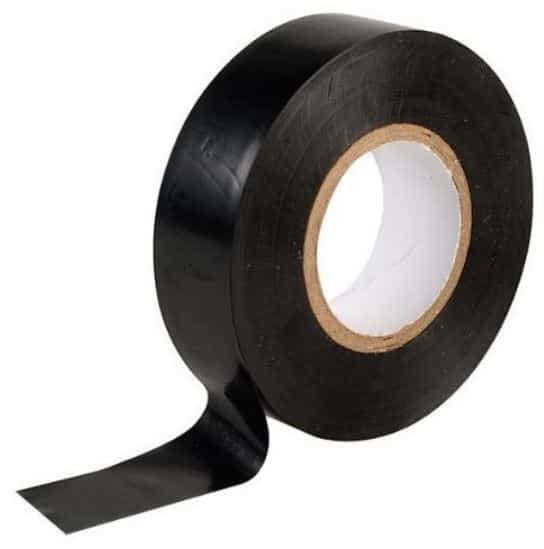
The primary purpose of electrical tape worldwide is to insulate and protect wires and other connections. The electrical tape is made of plastic, vinyl, or fiberglass fabric, which is sensitive to pressure and is needed for insulating wires or other materials that conduct electricity.
It prevents electrical current from accidentally passing into other wires and prevents potential electrical current from touching live wires.
Read Also: 25 Different Types of Nails and Their Uses [Pictures]
#6 Fish Tape
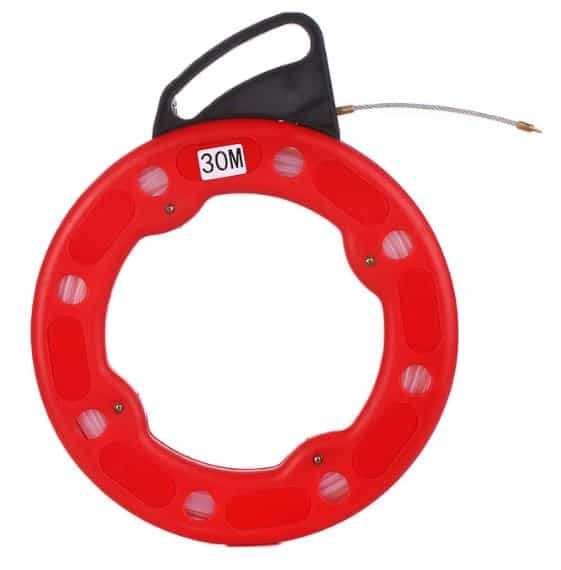
Almost every electrician, from beginner to professional, uses fish tape. A fish tape pulls the electrical or other wires through the conduit. It is typically housed in a retractable coil and can be fed through installed conduit piping.
Once the end of the fish tape is visible on the opposite side, the wires can be attached to the tape, and the tape can be retracted, pulling the wire along the conduit. It is also helpful in pulling wire through walls, ceilings, floors, and other enclosed spaces.
#7 Cable Ties
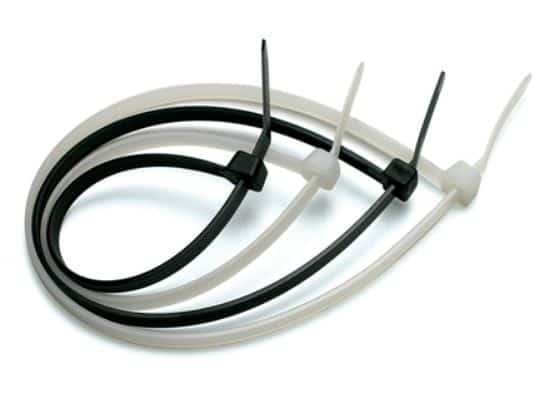
Also known as a hose tie or zip tie, it is a type of fastener for holding objects together, primarily electrical cables and wires. Due to their low cost, ease of use, and binding strength, cable ties are ubiquitous, finding use in many other applications. Every electrician should keep the electrical space neat and organized with cable ties.
#8 Level
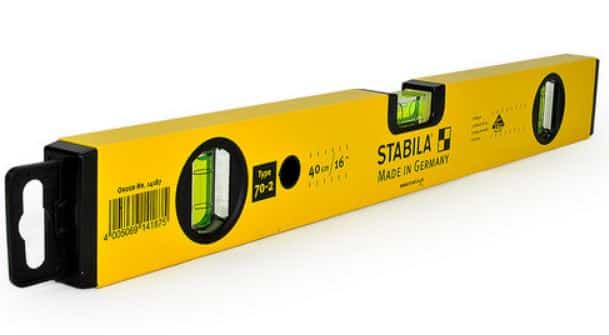
When installing lighting fixtures, finding the exact point for placement is essential. A level is also considered an electrician’s tool, as it helps the electrician ensure that fixtures, screws, and other installations are placed where they should be.
A small level, such as a torpedo level, fits easily into the tool pocket and is used to ensure that your work is level. This would have a lot of uses beyond electrical work. A torpedo level should also be part of every homeowner’s standard toolkit.
#9 Wire and Cable Lugs

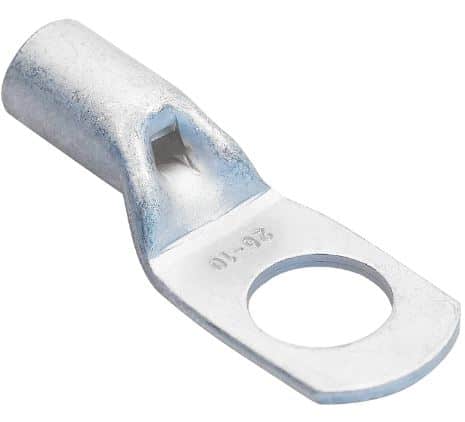
A cable is two or more wires that run side by side and are tied, bent or braided together to form a single electrical assembly. Cable lugs are devices used to attach cables to electrical equipment, other cables, surfaces, or systems.
Similar to jumper cables and car batteries, wires, and cable lugs connect wires to appliances, cables, and other devices that require power. Clamps connecting wires to an automotive battery are a typical example of a cable lug, as are the ends of a battery jumper cable.
#10 Flashlight
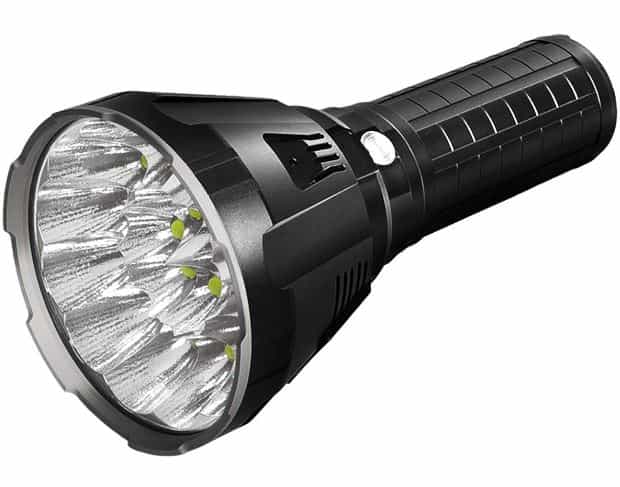
Flashlights are crucial devices that provide illumination by using some battery cells. Sometimes the electrical repair work involves many dark areas, from basements to wall and ceiling cavities, to the inside of electrical boxes.
Every electrician should have the necessary tools such as flashlights and other work lights. A flashlight is needed for security as much as it is for convenience. A few handheld flashlights and a headlamp are excellent for a DIY electrician’s toolbox.
Read Also: Types of Metals: Their Properties and Uses [PDF]
#11 Utility Knife
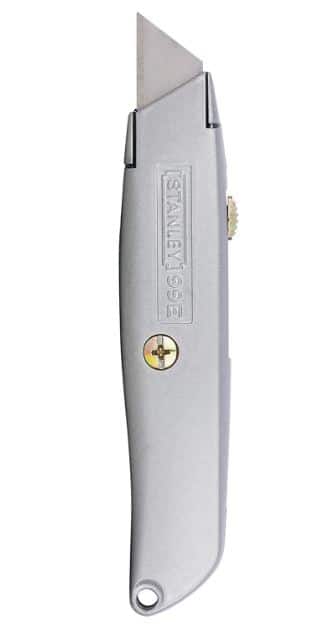
A utility knife is handy for cutting sheathing from non-metallic cables, cutting electrical tape, and opening cardboard boxes. In addition, it also serves many functions, including cutting and stripping cables, cutting electrical tape and insulation, and cutting and opening tool boxes and packages.
#12 Allen Wrench Set
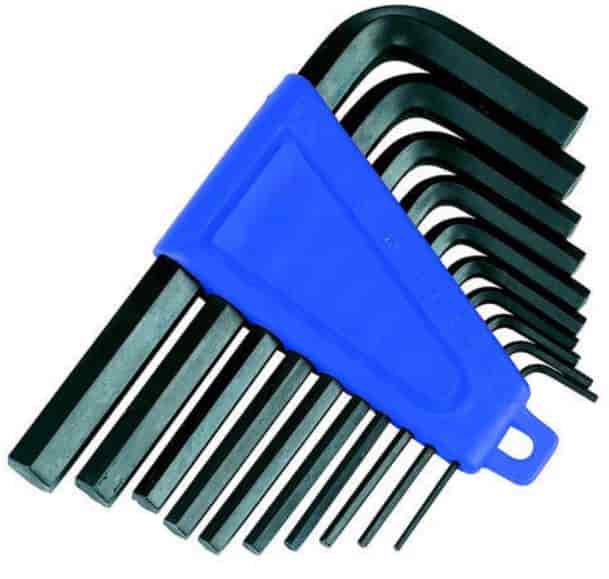
Also known as a hex key, it is a small handheld tool used to turn bolts and screws with hexagonal sockets. Allen wrenches tighten hex-head screws, sometimes found on ceiling fans, light fixtures, and appliances.
It’s good to have both a metric and a standard set of Allen wrenches. There are many benefits to using screws and Allen keys, as they are economical and easy to produce.
#13 Coax Connector
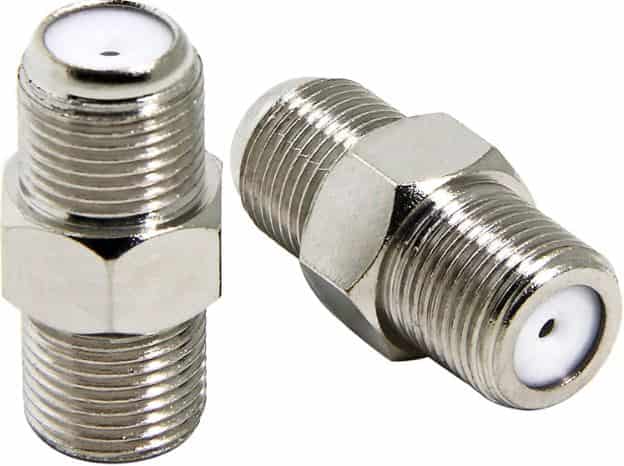
It is an electrician’s tool used to connect cables to other equipment and is specially designed to maintain the shielding on the cable.
Different connectors are available, and having variety on hand ensures that you always meet your customers’ needs. High-quality connectors provide reliable, long-lasting connections. There are two different connector styles available that are; male and female.
#14 Wire Stripper
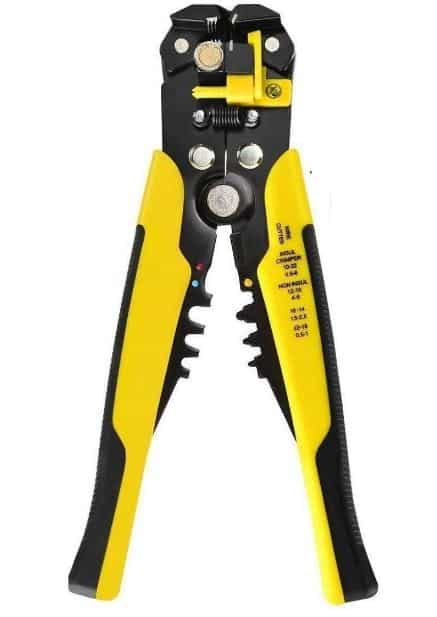
A wire stripper is a portable handheld tool used by electricians to remove the protective coating of an electrical wire to replace or repair a wire. Professional electricians regularly strip plastic sheathing from wires to reveal copper and make customized connections.
It consists of a row of gauged holes for separating wires of different sizes and usually includes cutting jaws for trimming wire ends. Some wire strippers can also crimp wires and remove the vinyl jacket from the NM cable. These devices come in a variety of models and types.
#15 Voltmeter or Multimeter

Voltmeters read voltage levels and verify whether circuits are “live” or off. Also known as a voltage meter, it is an instrument used to measure the potential difference between two points in an electrical or electronic circuit.
Some voltmeters are used for direct current (DC) circuits; Others are designed for alternating current (AC) circuits. More forms of this instrument are known as multimeters, and they can read not only voltage levels but also amperage, resistance, and DC voltage and amperage. Advanced DIYers and professional electricians mainly use it.
Read Also: Different Types of Springs and Their Applications
#16 Non-contact Voltage Tester
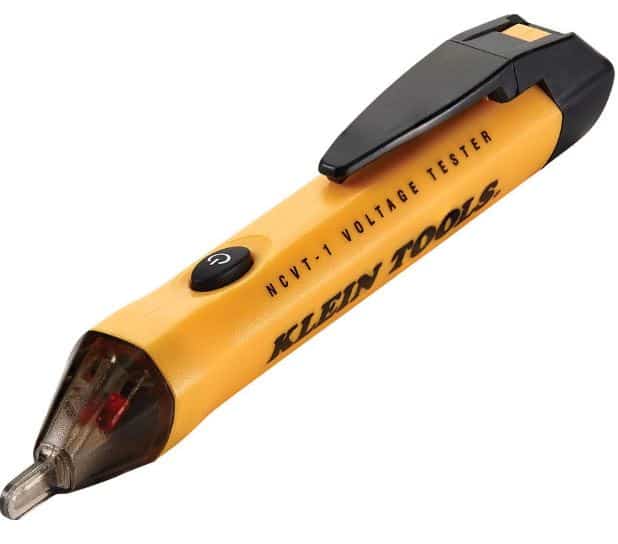
A voltage tester is used for a quick safety check to ensure there is no voltage across an electrical wire or appliance before you start working on it. Non-contact voltage testers run on batteries and are the simplest and safest type of tester because they can detect power simply by touching the wire.
It has a built-in sensor at the tip of the tester that detects the presence of voltage when a conductor, outlet, or supply cord is touched. These tools are safe, easy to use, and cheap. Being an essential electrician’s tool, it will be used for almost every home electrical repair project.
#17 Reaming Bit
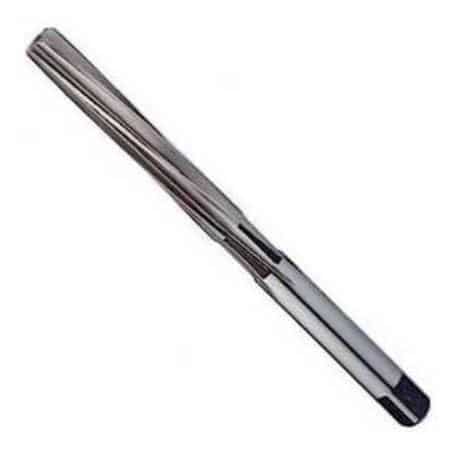
Installing a new conduit or replacing old ones means connecting different piping sections to form a wiring route between electrical components. This bit connects to an electric drill. Remember that a reamer cannot be used to make a hole.
It enlarges the opening at one end of the piping, allowing it to connect to another section of piping and complete a safe conduit. In addition, they are used to finish holes of the exact dimensions that have been drilled, bore, or cored.
#18 Conduit Bender
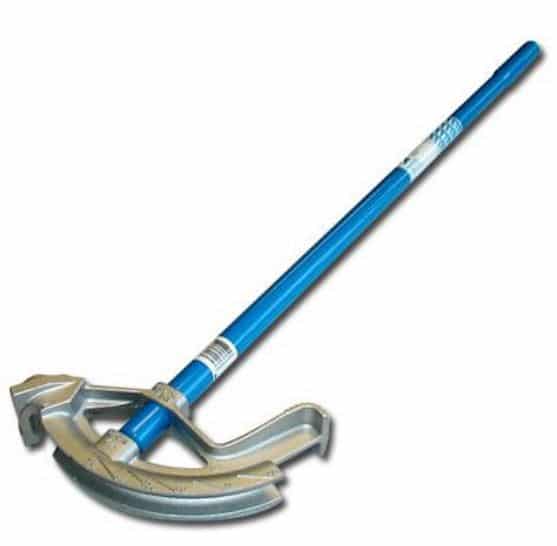
It is a device made with a very long lever, which is used to bend angles in a conduit into which electrical wires are placed. When choosing a wiring route, electricians often run wires along the wall’s corner or in other hidden areas.
They curve conduit piping to adjust these routes and ensure that conduit is laid non-intrusively and efficiently in the customer’s home. Also, it is used to bend the pipe in different directions and around obstacles instead of making fittings.
Read Also: Types of Clamps and Their Uses [How To Use Guide]
#19 Splicing Connector
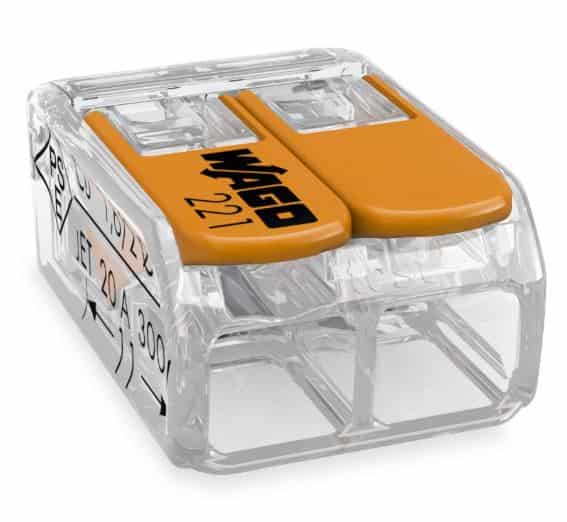
The splicing connector consists of a plastic clip with a sharp metal insert that will cut securely through the plastic insulating jacket of the two wires and crimp them together. They make quick joints or connections with two or more pieces of wire. A splice connector can be used with many cables, including device wires, telephone cables, and electrical cables.
#20 Circuit Analyzers
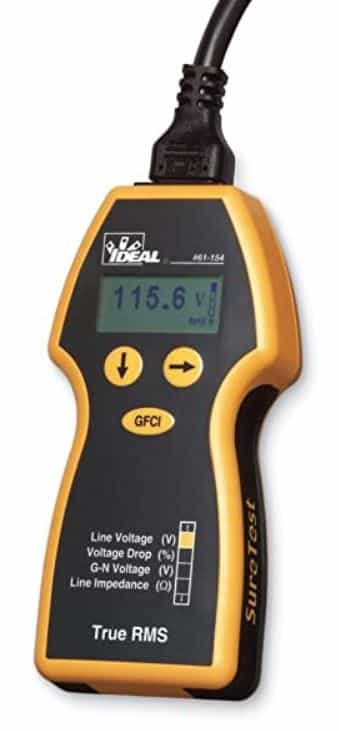
The circuit analyzer is a digital handheld electrician tools that determine whether an output is wired correctly or not. The circuit analyzer checks for various conditions, including correct wiring, polarity reversal, no ground, and tests for arc faults.
#21 Circuit Finders
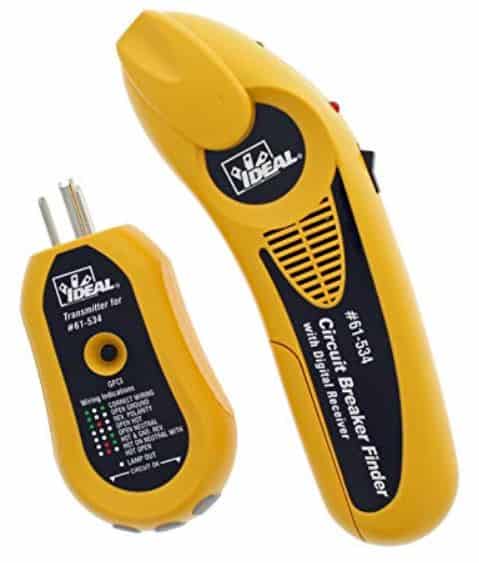
Most of the time, it is difficult for electricians to find out which ouputs are connected to which circuit in the work area. In this case, modern electricians use a circuit breaker finder. It is a small battery-powered electronic device consisting of two parts transmitter and receiver.
When an electrician hooks up the transmitter to a circuit in the breaker, the device sends a signal to the receiver about which circuit the outlet belongs to. Its main advantage is that it converts the two-person task into a one-person job, making signal detection much easier.
Read Also: What is Chisel? Types, Parts, Precautions and Uses
Safety Purpose Electrician Tools
- Insulated Gloves
- Flame retardant shirt
- Safety glasses
- Rescue rod
#1 Insulated Gloves

Electrocution is dangerous to electricians, so they need to exercise caution. Wearing insulating gloves gives employees personal hand protection from electric shock when working near or on live wires.
These gloves come in various styles for fit and comfort, so choose the type that works best for you. Don’t forget about leather protectors, as they are essential to correctly wearing and using insulating rubber gloves.
#2 Flame Retardant Shirt
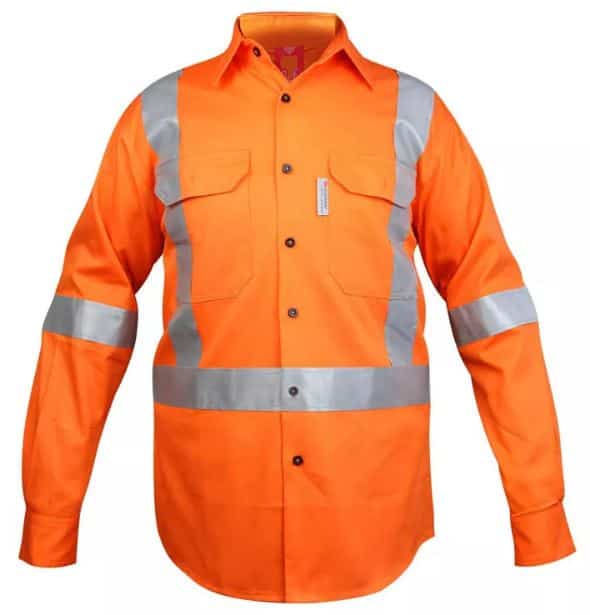
Flame retardants are chemicals applied to materials to prevent the start of a fire or slow its growth. They have been used by many consumers and industries since the 1970s to reduce the material’s ability to ignite.
Skilled electricians can learn to take precautions against dangerous arc flashes, electric shock, and fire. This electrician field ensures they wear work shirts made of fire-resistant materials to prevent serious burn injuries.
#3 Safety Glasses
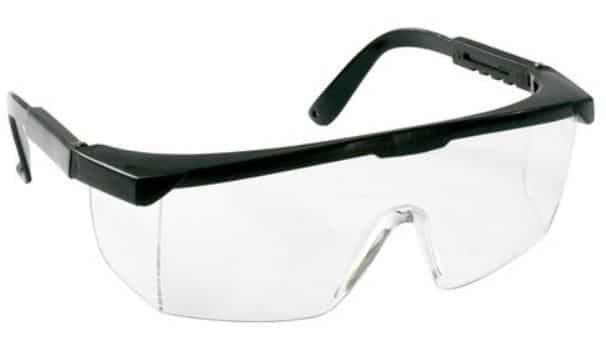
In general, safety glasses are forms of protective eyewear that usually enclose or protect the area around the eyes to prevent particles, water, or chemicals from hitting the eyes. They are also quite crucial for electricians.
Electricians need to protect their eyes when closely inspecting electrical wiring, cutting wires, or when they operate power tools. Trainees and seasoned veterans need a pair of safety goggles at the work site as part of their essential electrician equipment.
#4 Rescue Rod
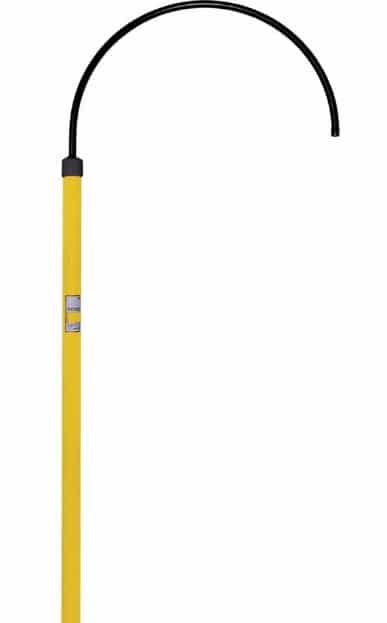
Rescue rods remove large objects or unconscious people who have been electrocuted from a dangerous area. It protects the person rescuing the victim by shielding them from any electric shock. In addition, it removes casualties from the danger zone in rescue operations.
Wrapping It Up
In conclusion, these tools let you perform more specialized tasks and work with various materials. In addition, they provide stability and give highly accurate results. That’s why it is a must for every electrician to have these tools.
I hope I have covered everything about “Electrician Tools.” If I missed something, or if you have any doubts, let me know in the comments. If you liked this article, please share it with your friends.
Want free PDFs direct to your inbox? Then subscribe to our newsletter.
Download PDF of this article:
You might like to read more in our blog:
Wow, nice list of electrician tools. There are some in it that I had never heard before.
I’m glad it was helpful for you.
Can you do an article for plumbing tools also?
Thank you
Richard P
Sure I’ll do that. Thanks for suggesting it.
The Best engineer and engineering blogger there is among the top 5 that I know.
You are doing a very wonderful work and service to mankind!
God, Allah bless bless you.
Thanks for your feedback. I really appreciate it.